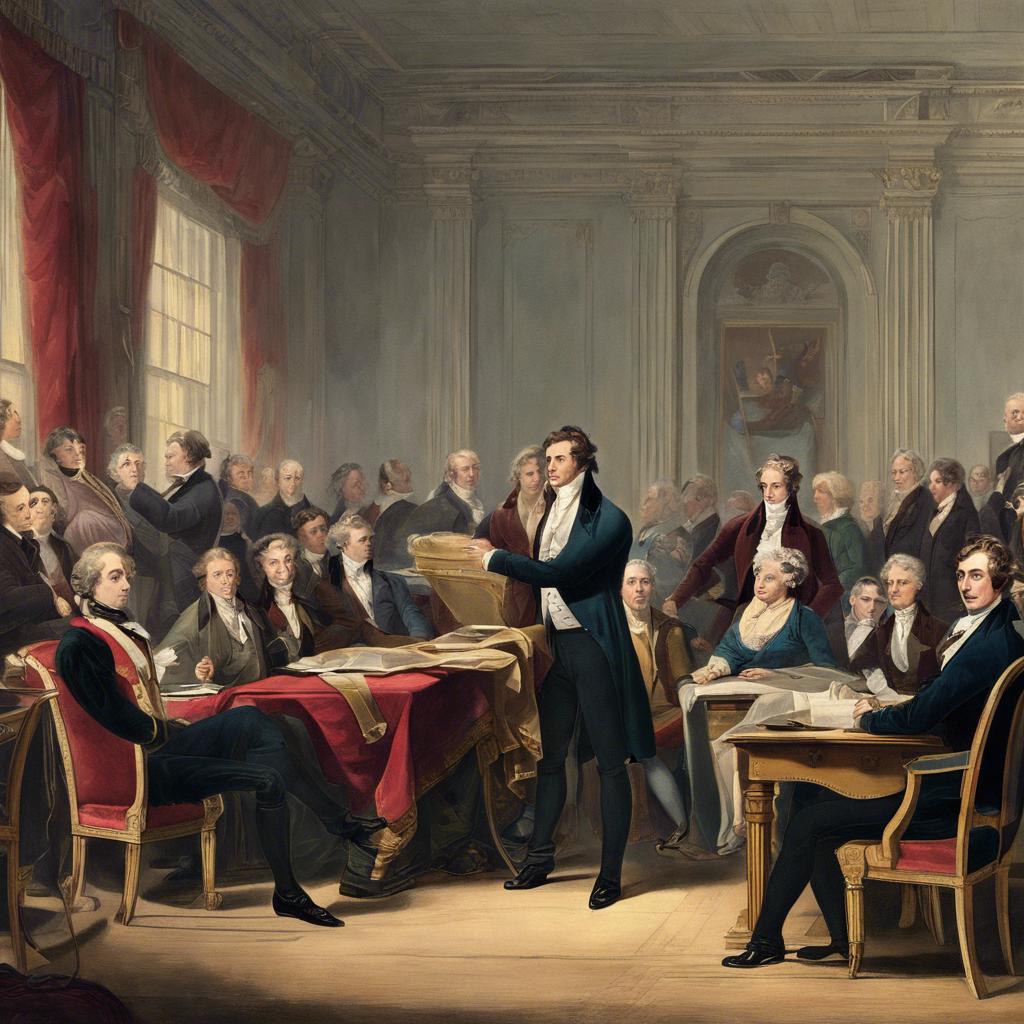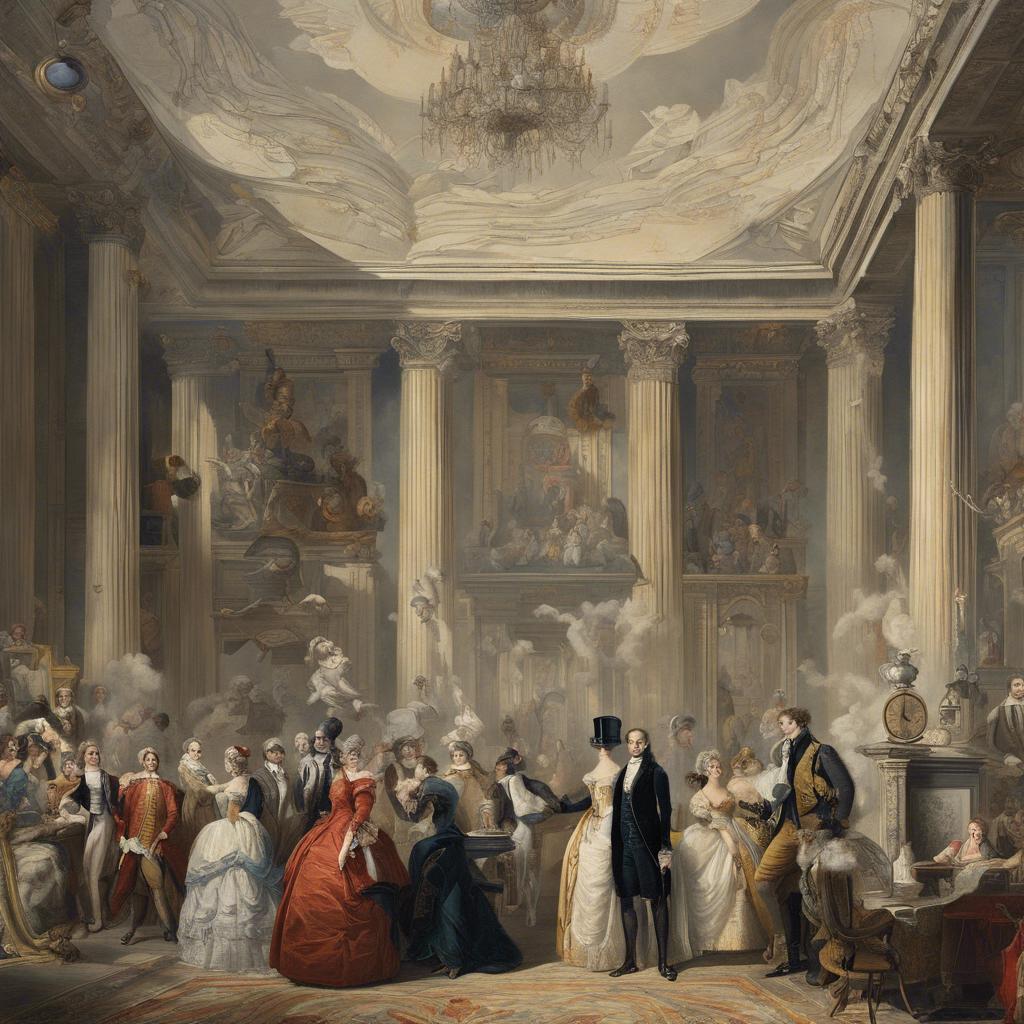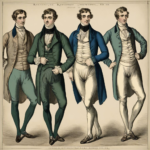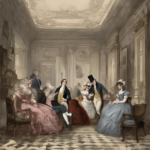During the early 19th century, a period known as the Regency era, England experienced a unique form of government where the reigning monarch was deemed unfit to rule. In this time of political upheaval and social change, a series of regents and advisors took the helm of the nation, steering it through wars, economic hardships, and cultural transformations. Join us as we explore the regency era mean”>key figures who wielded power during the Regency era and shaped the course of British history.
Step Into the World of Cheryl Bolen
Dive into the enchanting stories of love, intrigue, and elegance set in the Regency Era. Cheryl Bolen's novels offer timeless romance and captivating tales that will leave you wanting more.
Explore Cheryl Bolen's Books Now
- The Regency Era: A Brief Overview of the Political Landscape
Regency Era Monarchs:
During the Regency Era in Britain, the monarchy was faced with the challenge of finding a suitable ruler to govern on behalf of the mentally incapacitated King George III. The Prince of Wales, who later became King George IV, assumed the role of Regent from 1811 to 1820. After King George III’s death, George IV continued to rule as monarch until his own death in 1830, marking the end of the Regency Era.
Political Figures:
Aside from the monarchy, the Regency Era also saw the rise of key political figures such as Prime Ministers Spencer Perceval, Lord Liverpool, and George Canning. These individuals played significant roles in shaping the political landscape of the time, dealing with issues such as the Napoleonic Wars, economic challenges, and social reforms.
Parliamentary Structure:
The Regency Era was characterized by a complex parliamentary structure, with the House of Commons and the House of Lords holding significant power. The era also saw the emergence of popular movements such as the Luddites and Chartists, advocating for workers’ rights and parliamentary reform. Despite these challenges, the political landscape of the Regency Era laid the foundation for important changes in British society.
– Key Figures: Who Were the Most Influential Rulers of the Regency Era
Key Figures: Who Were the Most Influential Rulers of the Regency Era
The Regency Era, which lasted from 1811 to 1820, was a period in British history when King George III was deemed unfit to rule and his son, the Prince of Wales, served as his proxy. This era saw the rise of several influential rulers who played a significant role in shaping the political landscape of the time.
- Prince Regent George IV: As the Prince of Wales, George IV served as regent during his father’s incapacity. Known for his extravagant lifestyle and indulgence in luxury, George IV’s reign was marked by cultural developments such as the Regency style architecture and fashion.
- Prime Minister Spencer Perceval: Spencer Perceval served as the Prime Minister of the United Kingdom from 1809 until his assassination in 1812. He played a crucial role in steering the country through the turbulent times of the Napoleonic Wars and maintaining stability during the Regency Era.
- Lord Castlereagh: Robert Stewart, also known as Lord Castlereagh, was a prominent Irish statesman who served as Foreign Secretary during the Regency Era. He played a key role in the Congress of Vienna and the formation of the Concert of Europe, which aimed to maintain peace and balance of power in Europe.
– The Legacy of Regency Rulers: Impact on Society and Governance
The Regency era in England, spanning from 1811 to 1820, was a period marked by the reign of regent rulers due to the incapacity of King George III. These regency rulers played a significant role in shaping society and governance during this time.
Prominent regency rulers during this era included:
- George IV: The Prince Regent who became King George IV after his father’s death. Known for his extravagant lifestyle and passion for the arts, George IV left a lasting impact on the cultural landscape of England.
- Queen Charlotte: The Queen consort of King George III, Queen Charlotte played a crucial role in supporting her husband during his struggles with mental illness. She also made significant contributions to charitable causes and the arts.
The legacy of these regency rulers continues to influence society and governance in modern times.
- Their emphasis on arts and culture helped shape the cultural identity of England and left a lasting impact on the country’s artistic heritage.
- Their efforts to address social issues and promote charitable causes set a precedent for future generations of leaders to prioritize the well-being of their subjects.
– Recommended Reading: Delving Deeper into the Lives of Regency Era Monarchs and Leaders
When delving into the lives of monarchs and leaders during the Regency Era, it is essential to understand the key figures that shaped this period of history. From King George III to the Prince Regent himself, there were many influential individuals who ruled during this time. Let’s explore some of the prominent figures of the Regency Era:
- King George III: Known for his long reign and struggles with mental illness, King George III was a central figure during the Regency Era. His eldest son, the Prince Regent, eventually took over as ruler due to the King’s ailing health.
- Prince Regent (later King George IV): The Prince Regent, George IV, was known for his extravagant lifestyle and love of the arts. He played a significant role in shaping the cultural landscape of the Regency Era.
- William Pitt the Younger: As the Prime Minister of Britain during much of the Regency Era, William Pitt the Younger was a key political figure. He led the country through times of war and economic hardship, leaving a lasting impact on British history.
| Monarch or Leader | Reign |
|---|---|
| King George III | 1760-1820 |
| Prince Regent (later King George IV) | 1811-1820 |
| William Pitt the Younger | 1783-1801, 1804-1806 |
Concluding Remarks
the Regency Era was a tumultuous period of British history marked by the rule of Prince George IV as Regent. While his leadership was met with mixed reactions, the Regency Era saw significant social, political, and cultural change in Britain. From the Napoleonic Wars to the Industrial Revolution, this era shaped the course of modern history. As we reflect on the leaders who ruled during this time, we gain a deeper understanding of the challenges and triumphs that defined this pivotal period. May we continue to study and learn from the past to inform our present and shape our future.


